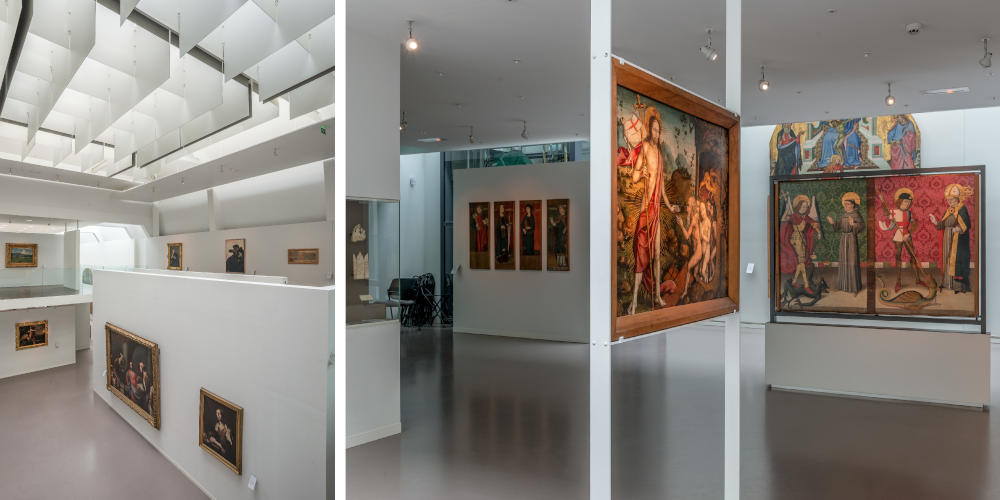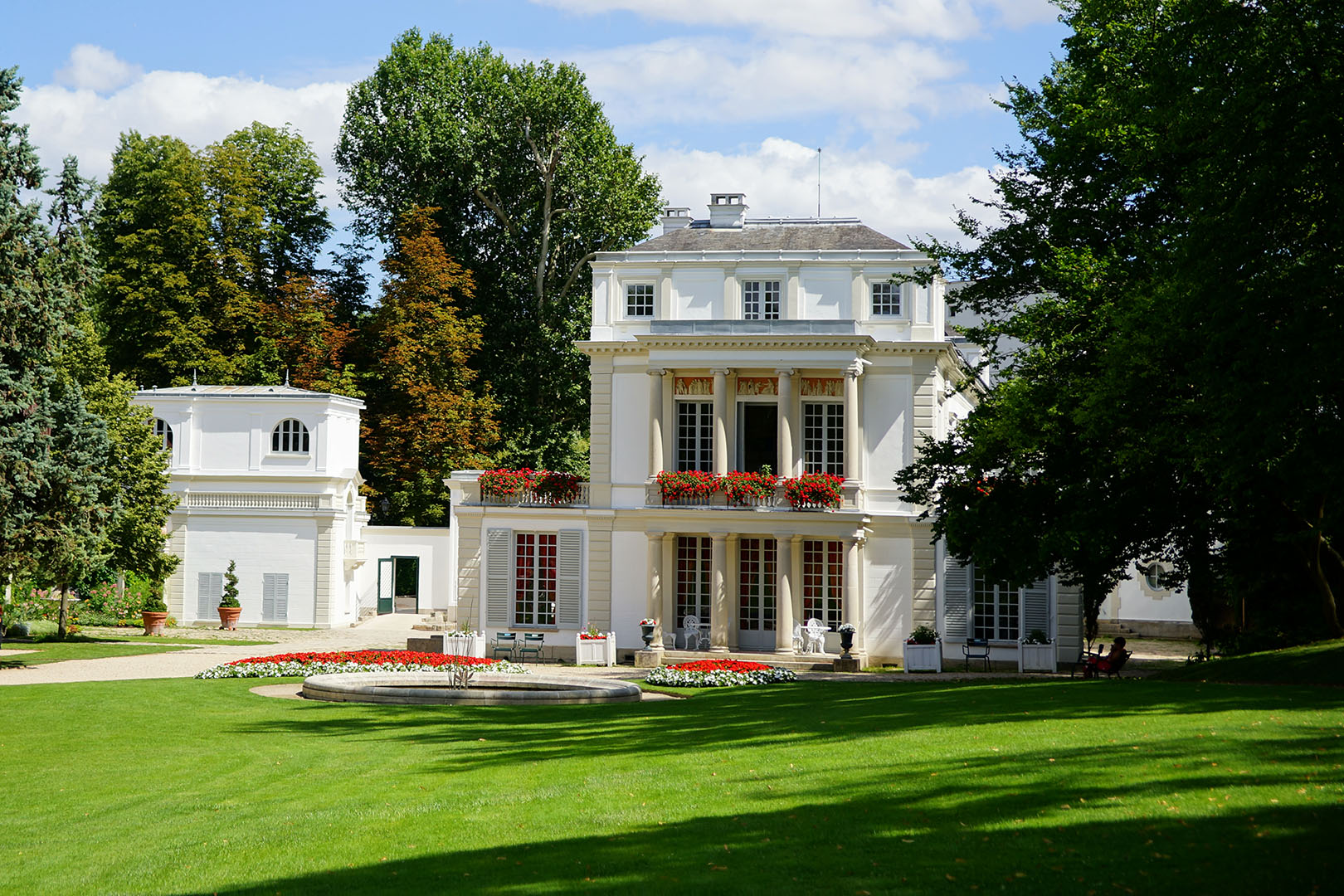Chambéry: French art à l’Italien
Text: Hannah Jane Thompson | Photos © Didier Gourbin

The beautiful buildings and grounds are part of the museum’s historic charm.
International visitors are encouraged to discover a trove of artistic and literary culture in this picturesque Savoie capital
With its snow-capped ski resorts and famous cheeses, the Savoie region of south-eastern France may seem quintessentially French, but the area is also the gateway to an often-forgotten international past.
Nowhere is this more apparent than at the Musée des Beaux-Arts in Chambéry. An hour’s drive from both Lyon and the Italian border, it hosts some of the most notable works of Italian art this side of Turin.
This is largely due to 19th-century Savoyard and Florence-based art collector Baron Hector Garriod, who left over 200 works to the city on the condition that a museum would be created. “We have a shared history, which goes back to a time when the Savoie was not yet part of France and Italy had not yet formed,” explains Mélanie Faguer, cultural communication manager at the museum.
Located in an old granary, complete with vaulted ceilings and sweeping staircase, the museum plays a key role in showcasing this shared history. “It is our number one mission to restore paintings and display them,” says Faguer. “It is a public service, to preserve our heritage.”
Indeed, as part of the publicly-funded body Musées de France, the place is still unmistakably Gallic, with Les Charmettes − the one-time home of French writer Jean-Jacques Rousseau and his lover Madame de Warens − on its doorstep. A major part of Chambéry’s appeal, Les Charmettes attracts more international tourists among its 13,000 annual visitors than the museum itself (whose 28,000 annual guests are mainly French).
As the name would suggest, its beauty is in its charm.“Les Charmettes is known because Rousseau said his time here was ‘the happiest of his life’,” explains Faguer. “We can still find that spirit here today.”
Guided tours through the gardens, orchard, beehives, vines, and historic rooms bring visitors a real sense of this, whether visitors are familiar with Rousseau’s work or not. Indeed, for all the sites’ high-end cultural associations, the team works hard to ensure that they appeal to a diverse audience. Families are encouraged: in fact, all babies born in the Chambéry maternity unit are given a ‘Passeport Culturelle’, allowing them and their families free entrance for one year.
Similarly, a patrons’ scheme, Les Amis d’Hector − which launched on 15 February this year − gives businesses and individuals alike a chance to support the museum even further, whether financially, or by volunteering time.
And while museum visitor numbers in France are increasing, says Faguer, attracting new eyes to the vast heritage on display here is still a priority. “One of our missions is to diversify,” she explains. “The idea is to make the museum accessible, for as many different kinds of people as possible.”

Musée des Beaux-Arts: chambery.fr/88-les-musees Les Charmettes: chambery.fr/302-les-charmettes-maison-de-jean-jacques-rousseau
Subscribe to Our Newsletter
Receive our monthly newsletter by email





